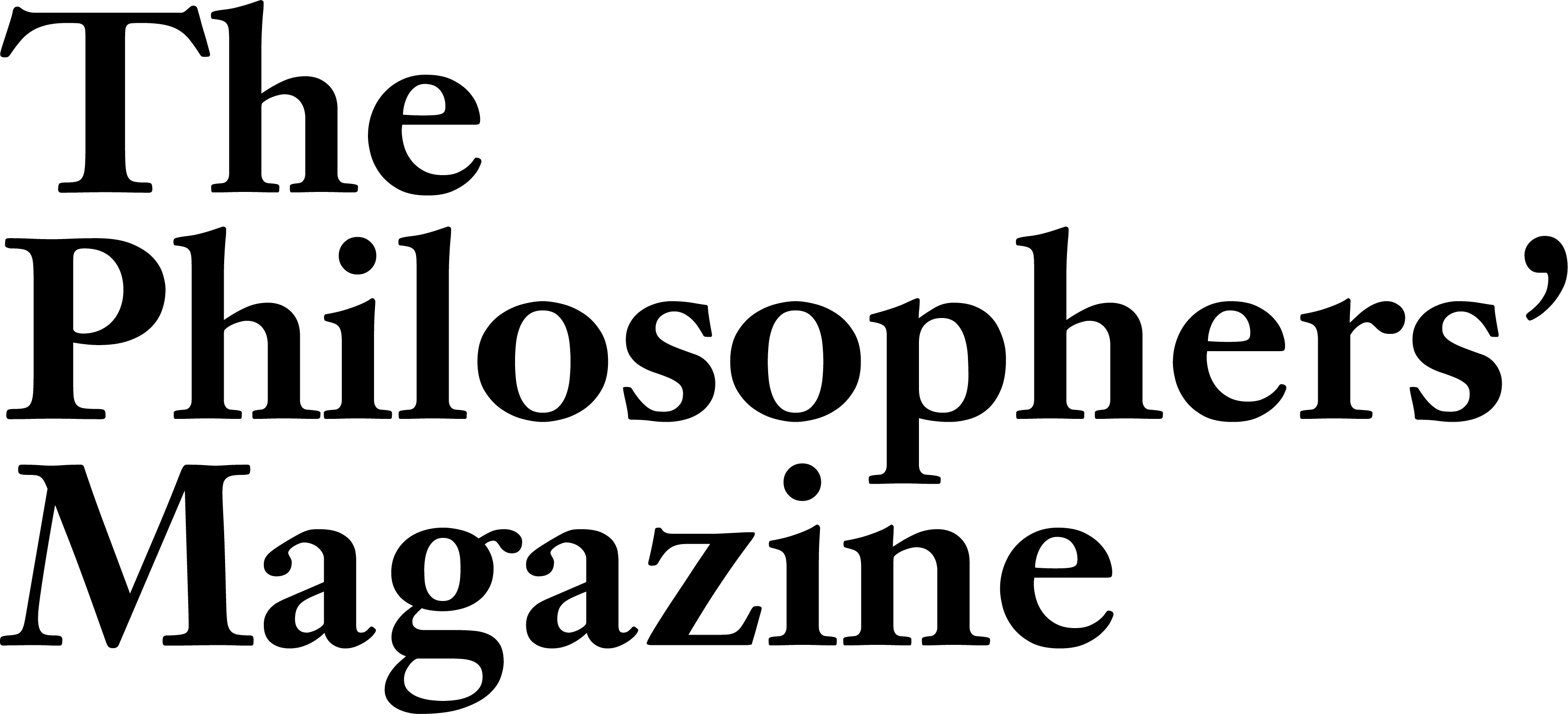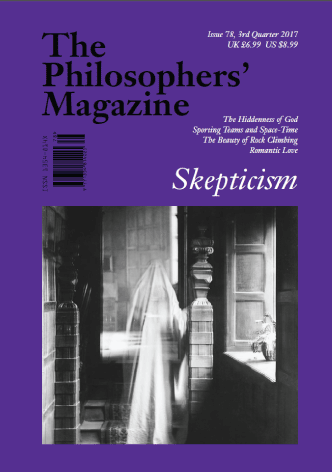Touching a Nerve: The Self as Brain by Patricia Churchland (W W Norton), $26.95/£15.90
Patricia Churchland’s Touching a Nerve covers a great deal of cutting edge neuroscience with elegance and clarity. It also includes a number of appealing tales from Churchland’s childhood on a Canadian farm. It should be accessible to a large variety of readers, though of course not everyone will come away satisfied with her views on the place of neuroscience in our understanding of ourselves.
Some readers may want to know whether neuroscience shows that the soul does not exist. While Churchland does not endorse sweeping conclusions, she raises and grounds doubts about what the idea of a soul could add to our self-understanding, given what neuroscience is revealing. More philosophically professional readers may want to know whether neuroscience is reductive or not, whether brain science proves the mind is nothing but the brain. Churchland is impatient with standard philosophical questions supposedly answerable in advance of empirical investigation. Professional readers may well be dissatisfied with her often dismissive treatment of their concerns and even conclude that she cannot do philosophy or has no interest in it (as Colin McGinn maintains in The New York Review of Books, 24April 2014). In my view, these readers would be taking her direct challenges way too simply. Her reply to McGinn is worth reading (NYRB, 19 June 2014).
A promising goal to bring to reading the book would be to try to find out what we can learn from neuroscience about the big issues of philosophy: action, thought, and moral responsibility, for example. Though we are still in the early stages of neuroscience’s development, there is a significant amount of agreement emerging about the content and success of many of the investigations undertaken. And here philosophers have a great deal to learn from Churchland.
For example, a substantial proportion of philosophers would agree with Churchland that values enter the world through human experience. It is not clear, however, that their views are always consistent with the neuroscientific account dominating the scene Churchland describes. On that account, chemicals – dopamine a major one among them – have a very important role to play, and there are empirical facts about how and where dopamine operates. On the other hand, it is commonly assumed in much philosophical literature that objects, or our experiences of them, cause (something like) evaluative reactions in us. We want the cool drink on a hot day and reach for it. This view leaves out the causal role of dopamine. In fact, its place may not be in some linear sequence of causes. Both the way we experience the world and our actions may be joint effects of the dopamine discharge, as I describe in my book Keeping the World in Mind. It is not that objects themselves have action-prescribing properties, as some have claimed; rather, we have neurotransmitters in us that can both activate movement programmes and make certain objects particularly salient, without the second causing the movement.
One overall effect of the book could be to make philosophers more aware that actions and thoughts are the products in part of much that is outside of our consciousness. Unconscious factors can still be psychological factors. Churchland’s discussion of the unconscious makes us very aware how exiguous the Davidsonian “causal chain of reasons” model is, compared to how we are coming to understand the psychological causation of actions.
Anyone sharing McGinn’s doubts about Churchland’s interest in philosophical questions should pay close attention to her chapter on free will, as indeed should anyone else who has thought about the issue. I think it is a gift to the profession. Including recent work on topics as various as neural disorders and concepts, it is a splendid illustration of what an interdisciplinary approach to a seemingly recalcitrant philosophical issue can accomplish.
Readers should know that one view largely endorsed in the book is in fact highly questionable. Rebecca Jordan-Young calls this the brain organisation theory in her book Brain Storm: The Flaws in the Sciences of Sex Differences. It says that there are differences between men’s and women’s brains that are due to the varying presence of hormones acting on the brain before birth; these differences are what underlie much of stereotypical behaviour. While the theory is a very popular view within the part of the scientific community working on it, it may well be one of those awful cases where a view is counted as substantiated and is promulgated largely because it fits investigators’ prejudices. We do not have any adequate scientific reason for accepting the brain organisation hypothesis, according to many feminist scientists in addition to Jordan-Young.
Despite my disagreement with that one aspect of the book, I highly recommend Touching a Nerve to anyone wanting to understand what the new sciences of the brain are telling us about the mind. Some of the changes in perspective brought by recent work in neuroscience are profound and important. Churchland has given us a wonderful guide to them.

